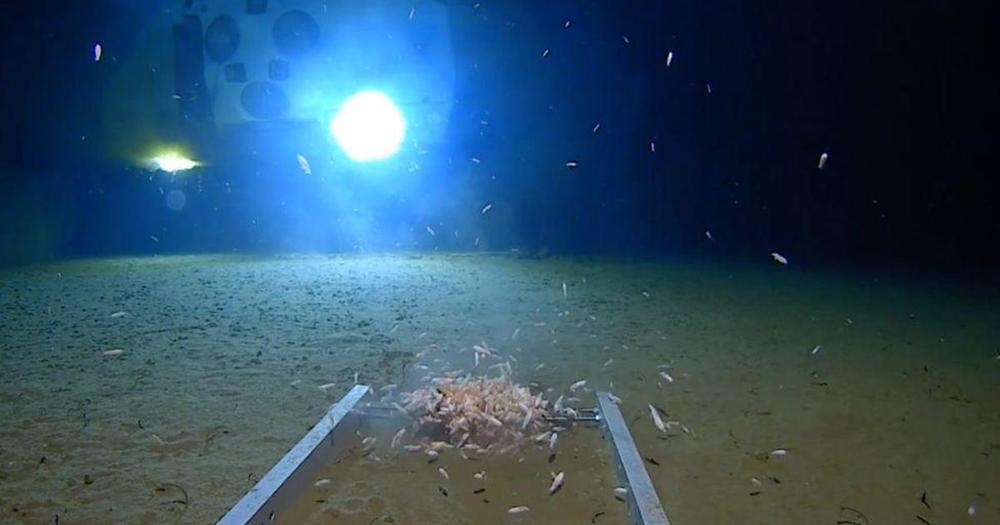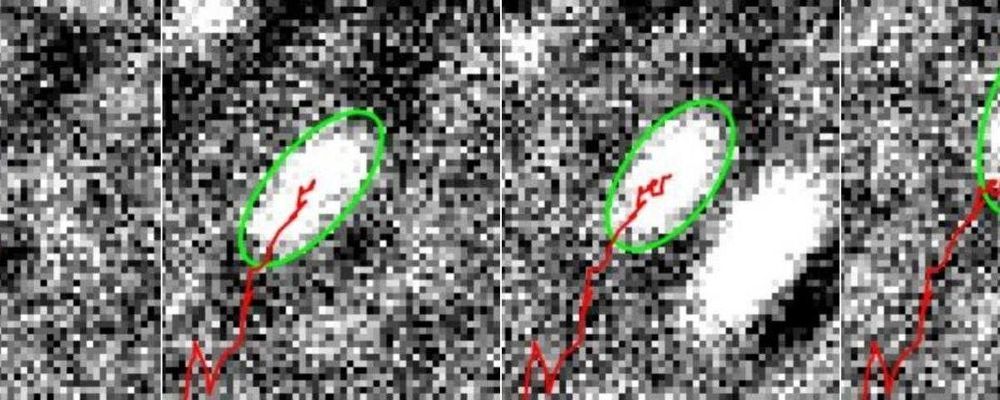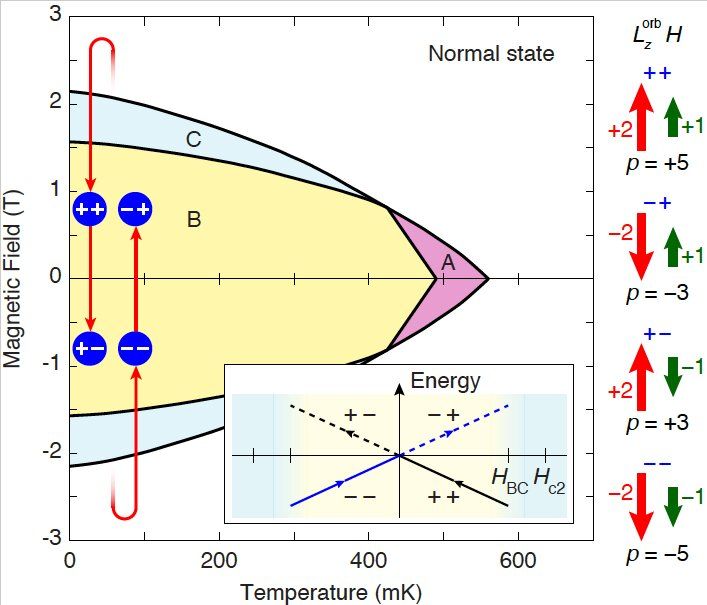When asked, “What kind of superpower would you like to have,” most of us say “invisibility.” Even Derek Jeter. Invisibility, like the ability to fly, is the stuff of childhood dreams. And for decades, cloaking devices have been a favorite plot device of science-fiction and fantasy classics like “Star Trek,” “Harry Potter” and “Doctor Who.”
Today, the F-35 strike fighter jet makes this fantasy a reality, as it navigates airspace with the most advanced powers of hide and seek. Its multiple stealth devices – radar-absorbing materials and internal infrared sensors – comprise the ultimate invisibility cloak. In the F-35 and elsewhere, stealth and cloaking technologies have become more comprehensive and durable, with applications for military and other industries. This is what happens when science meets imagination.
“With improvements, tanks or planes can be cloaked from human observation, car trunks can be made see-through, blind spots can be cloaked to be seen easily or cloaking can even be used as art or included for architectural effects,” said Joseph Choi, a researcher with the University of Rochester’s Institute of Optics.








